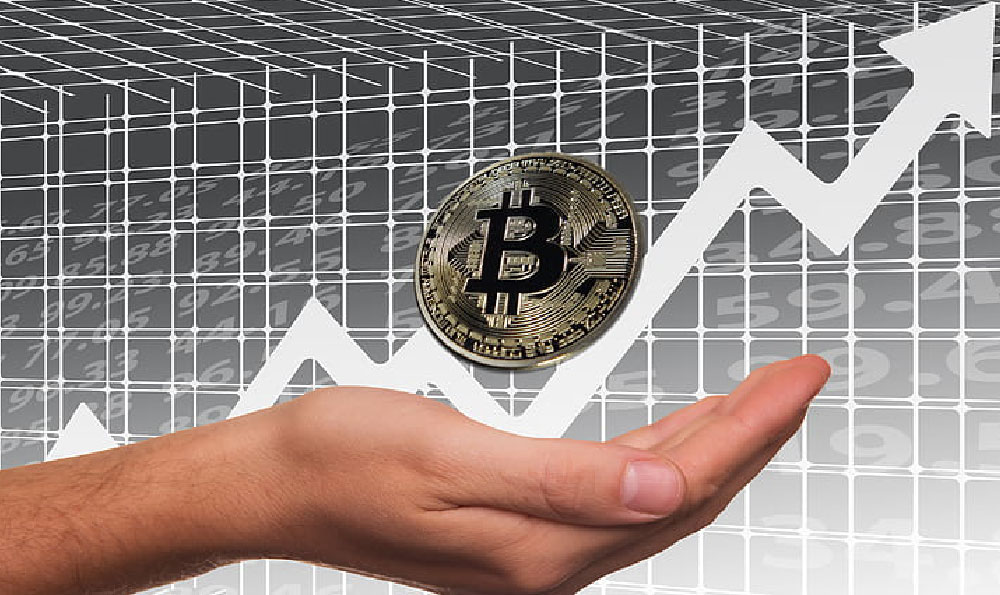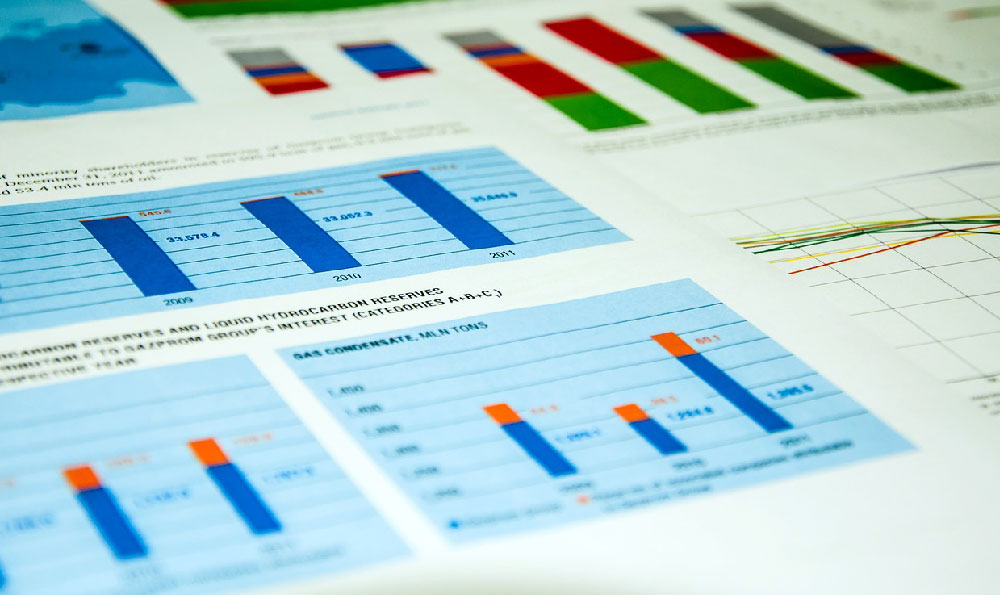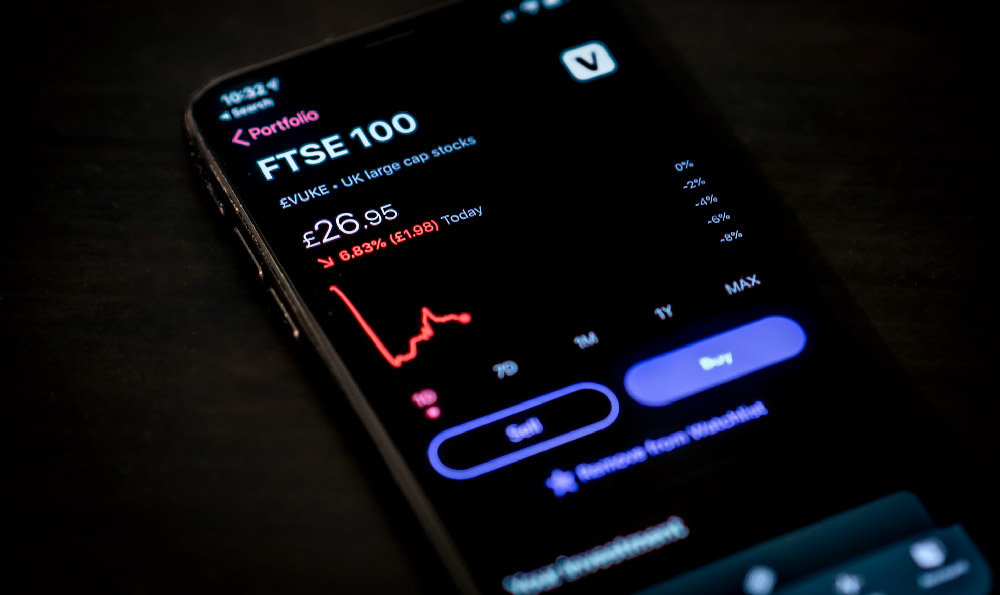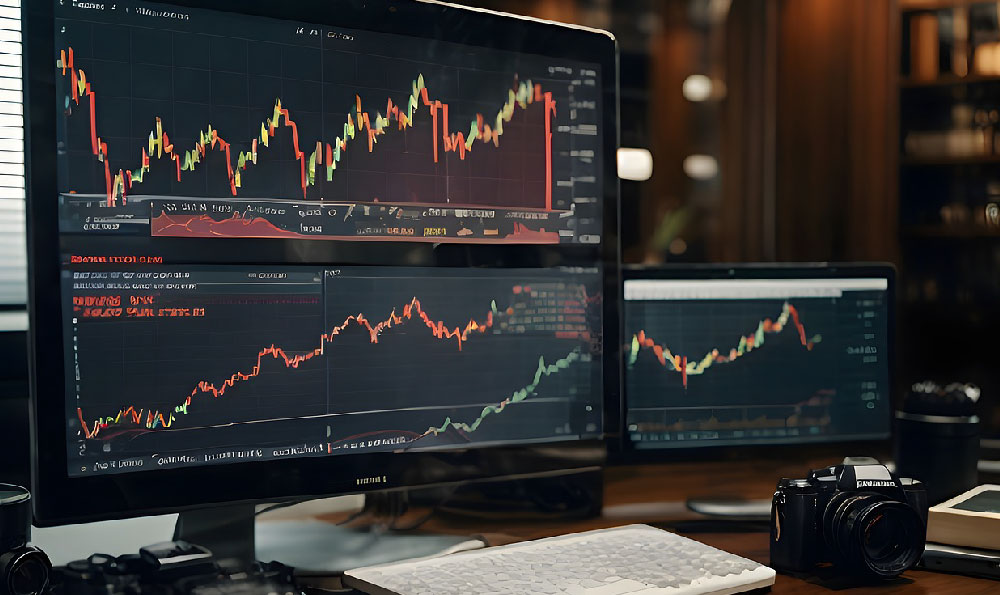Okay, I'm ready. Here's an article exploring commodity investing:
Investing in commodities can feel like stepping into a world of complex jargon and volatile price swings. But beneath the surface lies an opportunity to diversify your portfolio, hedge against inflation, and potentially capitalize on global supply and demand dynamics. So, how does one navigate this landscape, and more importantly, why should you even consider it?
Commodities are essentially raw materials or primary agricultural products that are traded on exchanges. Think crude oil fueling our cars, gold shimmering in jewelry, wheat baking our bread, and copper wiring our homes. These essential building blocks of the global economy are not created, but extracted or grown, and are therefore subject to unique forces that influence their prices.

There are several avenues through which you, as an investor, can gain exposure to commodities. Direct investment, involving the physical purchase of the commodity, is generally not feasible for the average retail investor. Storing barrels of oil in your backyard or securing vaults for precious metals presents obvious logistical and financial challenges. However, alternatives abound:
-
Commodity Futures Contracts: These are agreements to buy or sell a specific quantity of a commodity at a predetermined price and date in the future. Trading futures requires a high degree of understanding and risk tolerance. The leverage involved can amplify both gains and losses, making it unsuitable for novice investors. It's crucial to thoroughly research the specific commodity, understand the contract specifications, and manage your risk diligently through techniques like stop-loss orders.
-
Commodity ETFs (Exchange Traded Funds): ETFs provide a more accessible and diversified route into the commodity market. These funds typically track a commodity index, holding a basket of futures contracts related to various commodities or a specific sector (e.g., energy, agriculture). They offer instant diversification and can be traded on major stock exchanges like regular stocks. However, it's crucial to understand the ETF's structure. Some ETFs track spot prices (current market prices) through futures contracts, which can be subject to "contango" (when future prices are higher than spot prices), potentially eroding returns over time. Others invest in companies involved in the production or processing of commodities, providing indirect exposure.
-
Commodity Mutual Funds: Similar to ETFs, commodity mutual funds pool money from multiple investors to invest in a portfolio of commodity-related assets. They are typically actively managed, with fund managers making decisions about which commodities to invest in based on their market analysis. This active management can potentially lead to higher returns, but also comes with higher fees.
-
Commodity-Related Stocks: Investing in companies that produce, process, or transport commodities provides indirect exposure to the commodity market. For example, investing in a mining company gives you exposure to the price of metals like gold, silver, or copper. Similarly, investing in an oil and gas exploration company allows you to benefit from rising energy prices. This approach also comes with added complexities, as the stock price is influenced by the company's overall performance, management decisions, and other factors beyond just commodity prices.
Now, let's delve into the "why" of commodity investing. There are compelling reasons to consider adding commodities to your portfolio:
-
Inflation Hedge: Commodities often serve as a hedge against inflation. As the prices of goods and services rise, the prices of the raw materials used to produce them tend to rise as well. This makes commodities a valuable asset to own during periods of inflation, helping to preserve the purchasing power of your portfolio. This stems from the inherent value of raw materials in producing finished goods; if production costs rise, that increase is often passed down to consumers.
-
Diversification: Commodities have historically exhibited low correlation with traditional asset classes like stocks and bonds. This means that their prices don't always move in the same direction as stocks and bonds. By adding commodities to your portfolio, you can potentially reduce overall portfolio volatility and improve risk-adjusted returns. The rationale here is that the factors driving commodity prices are often different from those influencing stock and bond markets.
-
Supply and Demand Dynamics: Commodity prices are heavily influenced by supply and demand. Geopolitical events, weather patterns, technological advancements, and changing consumer preferences can all impact the supply and demand for various commodities. Identifying and capitalizing on these trends can potentially lead to significant investment gains. For example, increased demand for electric vehicles could drive up the price of lithium, a key component in batteries. Similarly, a drought in a major agricultural region could lead to higher wheat prices.
-
Potential for High Returns: While commodities can be volatile, they also offer the potential for high returns. During periods of strong economic growth or rising inflation, commodity prices can surge, generating substantial profits for investors. The cyclical nature of many commodities also presents opportunities for short-term trading strategies. However, it's crucial to remember that high returns come with high risk.
Before diving into commodity investing, it's essential to do your homework. Research the specific commodities you're interested in, understand the factors that influence their prices, and carefully consider your risk tolerance. Determine your investment goals and time horizon, and choose the investment vehicle that best suits your needs. Commodity investing is not a get-rich-quick scheme, but a long-term strategy that requires patience, discipline, and a thorough understanding of the market. Never invest more than you can afford to lose, and always diversify your portfolio to mitigate risk. Consider consulting with a financial advisor to get personalized guidance based on your individual circumstances. With careful planning and informed decision-making, commodity investing can be a valuable addition to a well-diversified investment portfolio.












